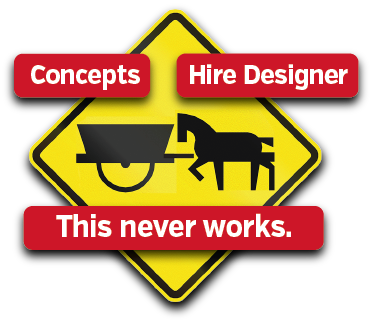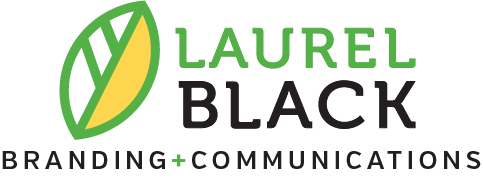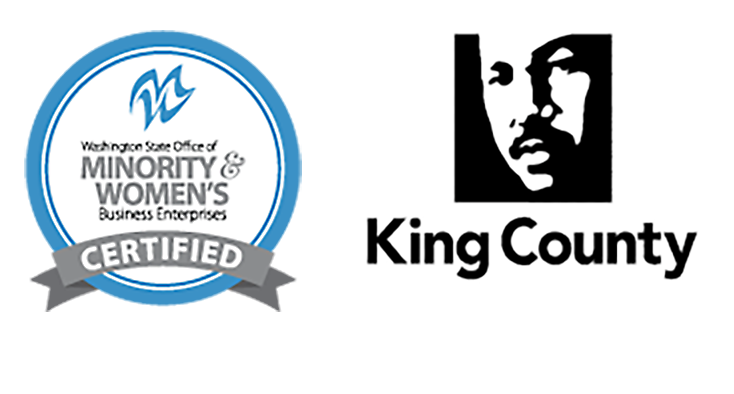Why Designers Don’t Provide Design Concepts Before They’re Hired

This article was inspired as I worked on a response to a Request for Proposal (RFP) from a small nonprofit in my state. They were looking for a refresh of their current logo, a style guide, some templates for business collateral and an evaluation of their current web site. One of the requirements for inclusion in proposals was a selection of ideas for the logo refresh.
I am sure I am not the only respondent who broke out in hives when I read that. It is often included in RFPs from entities inexperienced in buying creative services. During the Zoom Q&A for RFP respondents, I brought the requirement up and explained why it was not a good idea. To their credit, the non-profit staff got it and removed the requirement. Here’s what I shared:
Creating or updating a logo is a team effort, the team being the client and the designer. The designer brings creative skills and experience to the project, but just as important, the client brings the organization’s mission, goals and an understanding of their audience. The designer can’t know that crucial information without input from the client, and it is key to creating a successful design.
Since a logo is primarily a tool that represents your brand to your audience, it stands to reason that this tool must meet the requirements of its job. You can have the world’s fanciest table saw, but if the job at hand is to hammer nails, the table saw is useless.
So creating concepts with no client input serves neither the designer nor the client. The client is essentially asking the designer to create in a vacuum. The designer is wasting time working on something with no basis for knowing if it fits the needs of the client.
Over the years, I have developed preliminary worksheets for various communications and design projects. These explain the purpose of the piece, how the piece should function, the process I use for developing the project, and a list of questions for the client to answer to provide a starting point.
These worksheets make the whole project process clear in front so that everyone is on the same page. The client knows not only what the process is, but why it is important.
So the next time you have a creative project, be ready to give your designer the necessary information about you and your organization so they can do the best possible job at creating the tools you need. The outcome will be well worth it. The most expensive tools are the ones that don’t work.



